Finland’s airport network has received considerable international recognition in recent years. In 2014 the World Economic Forum ranked its air transport infrastructure the fifth best in the world, and national operator Finavia manages a strong network of airports that span the whole of the country, meaning that in relation to Finland’s population its level of international connectivity is remarkably high. Its air transport industry’s strength comes largely as a result of Helsinki Airport’s robust position among Europe’s key hubs – it is Northern Europe’s leading gateway in transfer traffic between Europe and Asia, providing 130 direct connections to destinations across the globe. Close to 16 million passengers visited Helsinki Airport last year, and Finavia’s strategic direction continues towards the fortifying of its market share in traffic between the two continents, with its primary source of growth remaining in Asia-Europe transit travel.
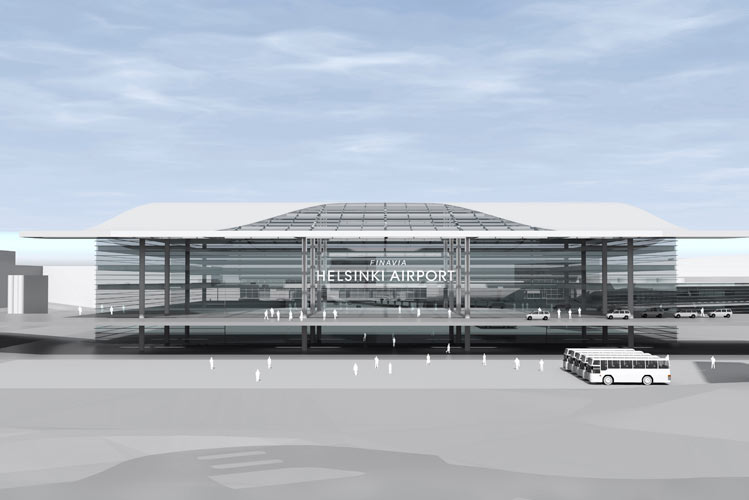
“Our role is to make sure that airports are supporting the air traffic growth in the best possible way,” Kari Savolainen, Finavia’s CEO, said. “However, airports are not attractive for airlines if there are no passengers on planes using them. This is why we invest carefully in areas that are potential in terms of tourism and travel and support the economic growth of Finland. Increase in tourism is expected to boost air traffic volumes as well.”
Its upper hand in the competition between Europe’s hubs is its ideal geographical location – offering the quickest routes between Europe and Asia, as well as short transfer times and smooth transit processes, and Helsinki Airport is also one of the continent’s cheapest airports for airlines. According to comparisons made in early 2014, the turnaround costs of an Airbus A340 at the airport were the fourth lowest in Europe, while for transit travel charges Helsinki Airport was the least expensive of the main European transit airports in 2013.
Burgeoning air traffic is a fundamental factor in Finland’s international position, and as operator of all of Finland’s major air transport gateways Finavia faces the challenge of sustaining the competitiveness of its airports, ensuring that they continue to attract airlines and support the Finnish air transport industry. The operator has frozen its 2015 airport charges at 2014 levels, in order to remain attractive to airlines and enhance Finland’s accessibility to increase international transit travel, while across its entire airport network it is investing a total of €1 billion in the improvement of infrastructure and operations – the next step in ensuring the growth of the nation’s air transport industry.
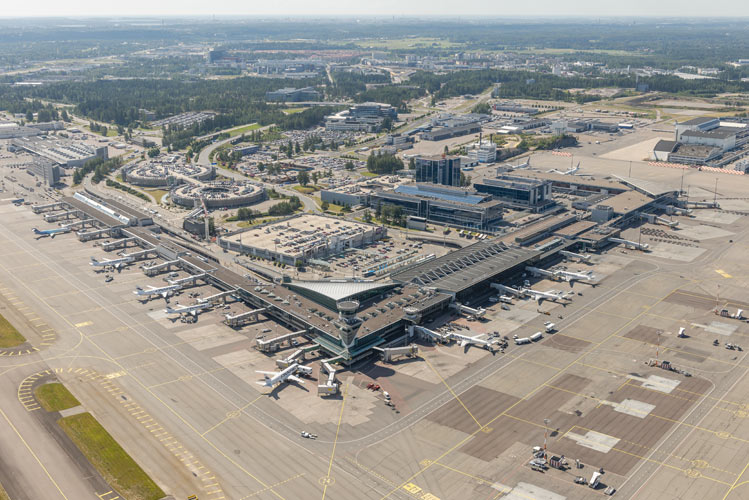
Helsinki Airport’s upper hand in the competition between Europe’s air transport hubs is its ideal geographical location – offering the quickest routes between Europe and Asia, as well as short transfer times and smooth transit processes.
The transformation of Helsinki Airport
Finavia has launched an all-encompassing €900 million development programme at Helsinki Airport, which will see developments made across its infrastructure and operations between 2014 and 2020. “The aim,” explained Kari Savolainen, Finavia’s CEO, “is to ensure maintaining Helsinki Airport‘s strong competitive position, especially in transfer traffic between Europe and Asia, and maintain good flight connections in Finland. We also want to provide our airline customers the kind of facilities and capacity where they can focus on growing their business.”
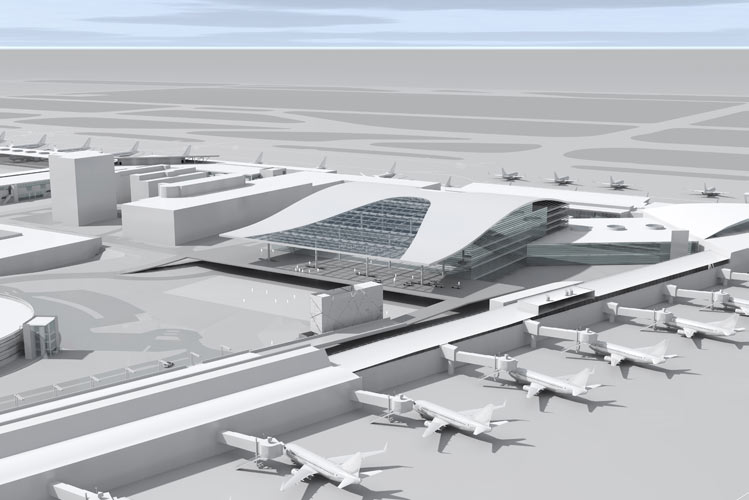
Helsinki Airport’s €900 million development programme and terminal expansion will be executed in phases, enabling Finavia to react as flexibly as possible to potential changes in the aviation market as time progresses. The first phase is focused on increasing transit traffic capacity, during which facilities for long-haul passengers will be expanded and aircraft stands for wide-bodied aircraft increased.
The operator’s plans to increase transfer traffic capacity at the airport are based on a ‘one-roof concept’ – the creation of all of its new services within the singular terminal building. “This way many of our strengths as a relatively small and compact airport, such as short distances and easily accessible services, can be maintained to continue providing a customer-friendly airport experience,” Savolainen added. “Transferring from one gate to another is easy and quick, as it will be done in one terminal.”
Helsinki Airport’s development programme and terminal expansion will be executed in phases, enabling Finavia to react as flexibly as possible to potential changes in the aviation market as time progresses. The first phase is focused on increasing transit traffic capacity, during which facilities for long-haul passengers will be expanded and aircraft stands for wide-bodied aircraft increased. Planning and preparatory work will take most of 2015 to complete, and construction work is expected to start in 2016.
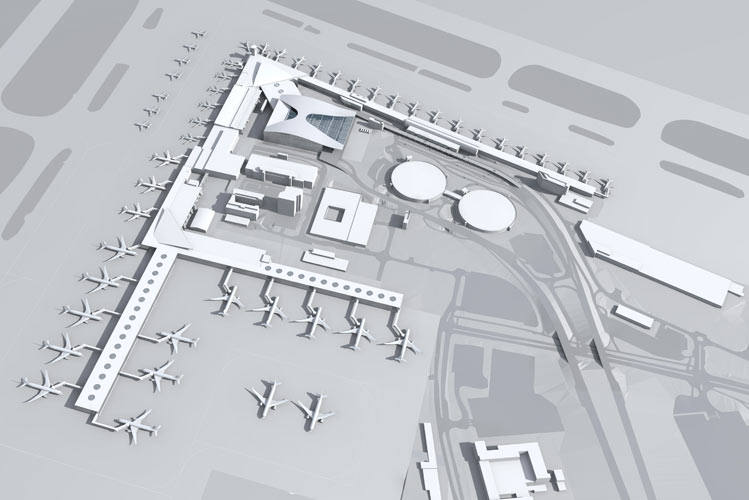
The second stage of Helsinki Airport’s development will see the further increase of the airport’s passenger capacity, while the third and final stage will involve the expansion of the ground traffic area of Terminal 2 enabling the complete overhaul of commercial services and parking and public transport arrangements.
In the second stage of the development the transit capacity of the airport will be further increased, and the service level for European and domestic flights improved. The third phase meanwhile focuses on expanding Terminal 2 to cover the ground traffic area. “The plan is to build one concentrated departure/arrival hall,” Savolainen explained. “Expanding the facilities to the area in front of the terminal allows us to overhaul commercial services and parking and public transport arrangements. Related to this, we are currently extending one of our parking garages to provide Helsinki Airport with 3,000 additional parking spaces in 2016.”
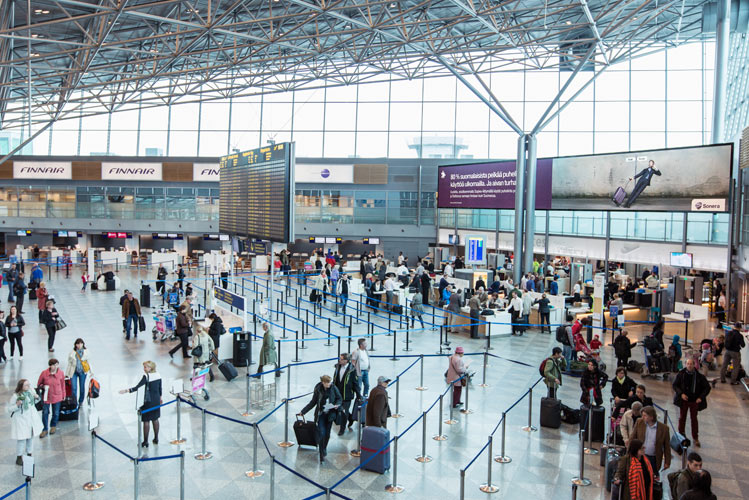
The aim of Finavia’s €900 million investment, explained CEO Kari Savolainen, “is to ensure maintaining Helsinki Airport‘s strong competitive position, especially in transfer traffic between Europe and Asia, and maintain good flight connections in Finland. We also want to provide our airline customers the kind of facilities and capacity where they can focus on growing their business.”
“Studies show that one third of passengers choose their flight route based on the transfer airport,” he continued. “In order to keep up and maintain our strong position in the tough competition, we must develop and improve all the time. Our investments will ensure that Helsinki Airport will maintain its position as a major player in the toughening competition for international transit passengers.”
In order to meet the needs of Helsinki Airport’s increasingly international passenger base, Finavia has also launched the most extensive service overhaul to date at the airport, which has seen the arrival of an array of eminent international companies within its terminals. In 2014, Europe’s largest travel sector retailer World Duty Free Group (WDFG), and one of the largest airport restaurant service providers, HMSHost, launched operations at Helsinki, and a total of 70 new or renovated shops and restaurants will open at the airport within the coming years.
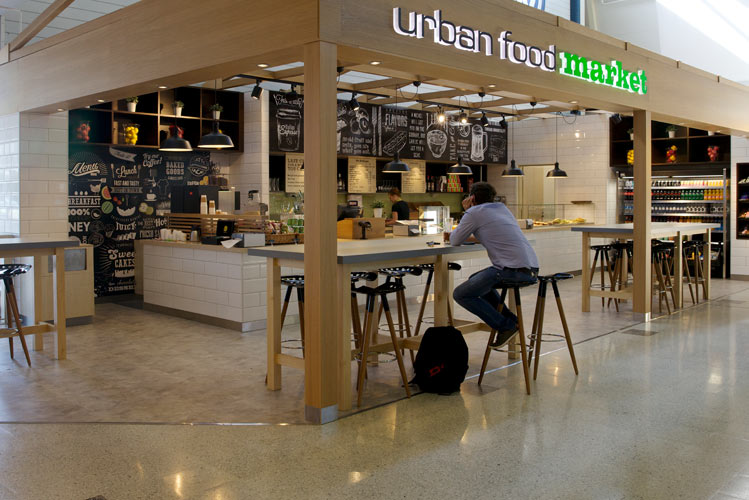
A total of 70 new or renovated shops and restaurants will open at the airport over the course of its six-year development, and in 2014 Europe’s largest travel sector retailer World Duty Free Group (WDFG) and leading food & beverage group HMSHost launched operations at Helsinki. The new international companies arriving at Helsinki Airport will bring a considerable amount of foreign capital and new jobs to Finland, positively affecting economic growth of the country.
Traffic connections to Helsinki Airport will also be improved further in the summer of this year, when the long-awaited train link from Helsinki city centre will become operational. The Ring Rail Line will provide a more efficient and faster connection between Helsinki Airport and the city, offering a new travel alternative for passengers who have easy access to train services. The combining of surface transport and air travel has become increasingly common in the region in recent years, and, for example, Russian passengers can now travel by train all the way to and from St. Petersburg to Helsinki Airport. In addition, passengers travelling between St. Petersburg and the international destinations served by Finnair can now combine their flight with a high-speed Allegro train from St. Petersburg to Helsinki Railway Station.
The regional airport network
Alongside the development of its international hub, Finavia also launched an extensive network airport investment programme at the beginning of 2014, in which more than €100 million is being invested in the modernisation of its regional gateways. The most significant projects – terminal renovations and expansions – were launched last year at Turku, Ivalo and Tampere-Pirkkala airports, with works expected to be completed in 2015. Smaller renovations meanwhile are taking place at the operator’s other regional airports. The modernisations of Kuopio, Vaasa, Kittilä and Oulu airports have already been completed.
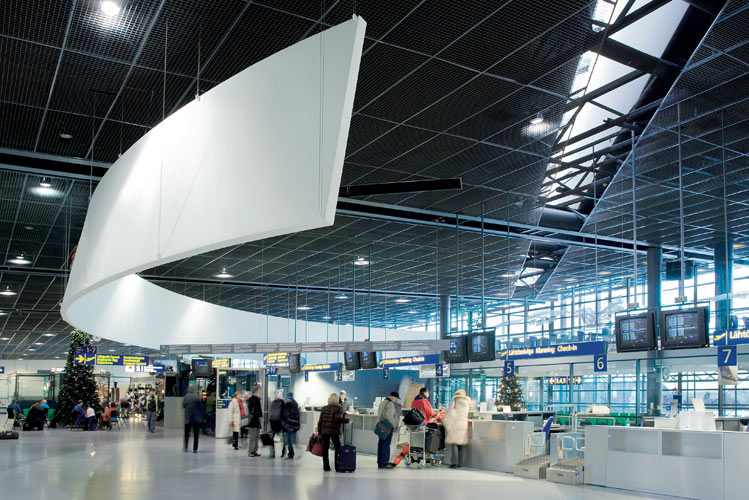
As part of Finavia’s €100 million network airport improvement scheme, major investments will be made in its Lapland gateways of Rovaniemi (pictured), Ivalo and Kittilä this year, with the most significant investments involving traffic area and building renovations, and also enhancements to service quality.
In 2015 the focus of Finavia’s investment in its regional network will be on its Lapland gateways, located at the heart of Finland’s unparalleled tourism centre. Major investments will take place at Rovaniemi, Ivalo and Kittilä airports, with the most significant investments involving traffic area and building renovations, and also improvements to service quality in terms of the operation, visual appearance and atmosphere of the airports – all leading to a better travel experience for passengers.
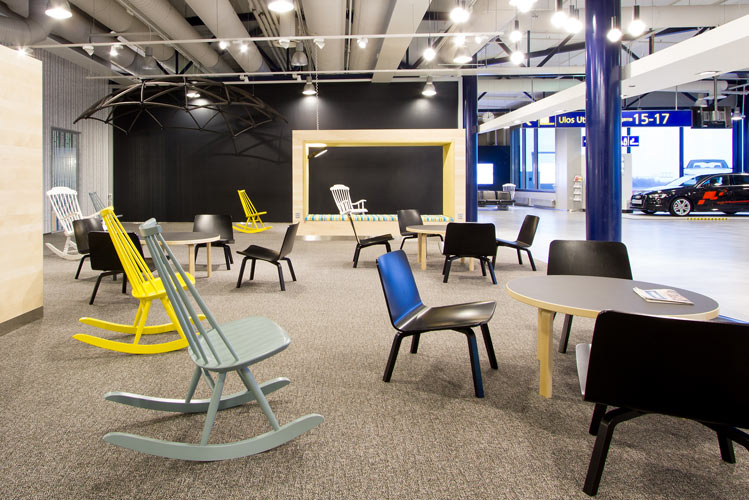
The most significant projects in the €100 million development of Finavia’s regional gateways were launched last year, and included terminal renovations and expansions at Turku, Ivalo and Tampere-Pirkkala airports. These works are expected to be completed in 2015, while the modernisations of Kuopio, Vaasa, Kittilä and Oulu (pictured) airports have already been completed.
“A well-working airport network attracts more traffic via Helsinki,” Savolainen added. “For example St. Petersburg – a city of roughly five million people – is only a three-hour train ride away from Helsinki city centre and is a significant part of Helsinki Airport’s catchment area. Similarly, Baltic countries are easily connected with Helsinki via the fast ferry connection.”
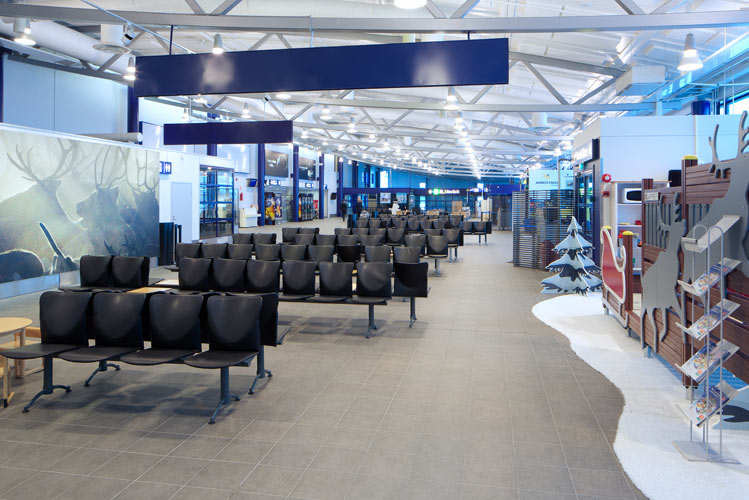
For the coming year the focus of Finavia’s investment in its regional network will be on its Lapland gateways, located at the heart of Finland’s unparalleled tourism centre. Major investments will take place at Rovaniemi, Ivalo and Kittilä (pictured) airports.
“Our role is to make sure that airports are supporting the air traffic growth in the best possible way,” Savolainen added. “However, airports are not attractive for airlines if there are no passengers on planes using them. This is why we invest carefully in areas that are potential in terms of tourism and travel and support the economic growth of Finland. Increase in tourism is expected to boost air traffic volumes as well.”







